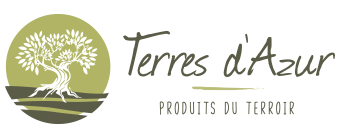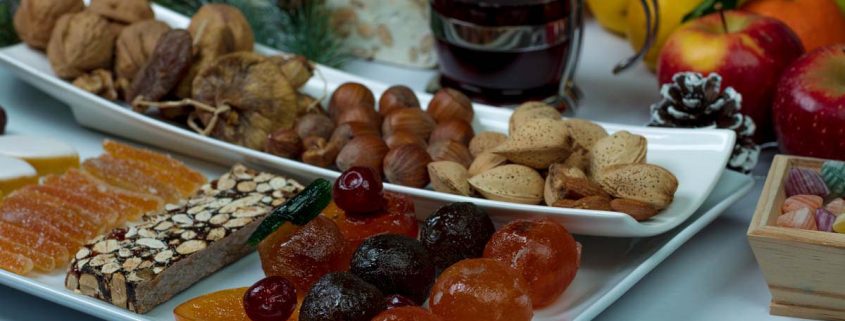If there is a tradition in Provence, it is the 13 desserts of the Christmas meal.
But why 13?
The origin of this tradition goes back to a time when Provence was composed mainly of rural families. The winter was long and hard, and it was necessary to show that the reserves to spend the winter were there. The mistress of the house then gathered all that seemed like a dessert, without limitation of number, for this festive meal. At the beginning of the twentieth century the population migrates to the cities, no matter how to store food as it was done on farms, but it was tradition. So the number of desserts was limited and the figure thirteen became obvious: Jesus and the twelve apostles. And it is in Marseille that are born in the early twentieth century the 13 Christmas desserts. We prepare its largest table, on which are spread 3 tablecloths (The 3 people of the Trinity) and 3 candles. At each end a plate with the wheat grass that was sprouted in water and cotton, the day of the Holy Beard. We finish the meal with a glass of ratafia, and the family leaves for the midnight mass.
There is no official list for these 13 desserts, nor forbidden. We put what we have, but we find some constants:
Beggars: These are dried fruits (walnuts, almonds, hazelnuts and dried figs) and their dark colors are reminiscent of the robes of the begging orders. Dates representing the Magi.
Seasonal fruits: apples, pears, mandarins and oranges.
Then come the ‘home’ preparations, such as ear buds, black or white nougat, fruit pastes, candied fruits, calissons. Without forgetting to make a special place to the oil pump, which is a brioche bread, with the scent of olive oil and orange blossom.



